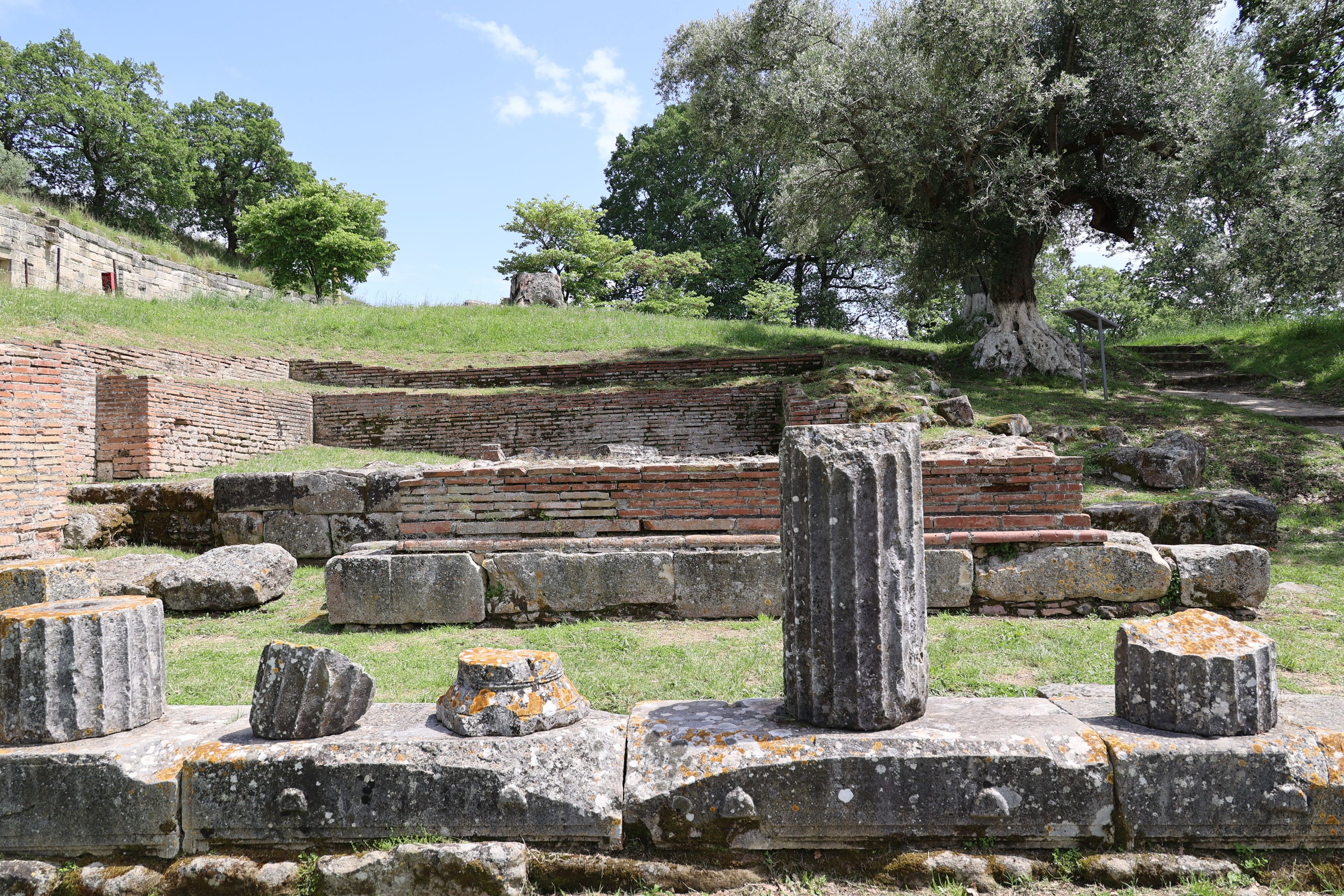Albania Unveiled: A Journey Through Ancient Landscapes

Albania emerges as a captivating historical treasure, a land where European and Mediterranean civilisations converge in a dramatic landscape of mountains, coastal plains, and profound archaeological significance. Nestled in the Western Balkans, this remarkable country harbours an extraordinary archaeological heritage that has remained largely unexplored by the wider world. Ancient Illyrian settlements, Greek colonial cities, and Roman archaeological sites reveal a complex narrative of cultural interactions and civilisational developments. From the rugged mountain fortresses to the meticulously planned coastal settlements, Albania’s landscape is a living museum of human history, offering unparalleled insights into the rich tapestry of Albanian history and its pivotal role in the ancient Mediterranean world.
Join Andante in Albania and uncover a story of 2,000 years of untouched archaeological heritage, including the World Heritage Site of Butrint.

Tirana
Tirana, a microcosm of Albania’s modern history. The Ethen Bay Mosque and the National Historical Museum contain a large section on prehistory, including Neolithic painted pottery, weapons and jewellery from Bronze and Iron Age and Illyrian tombs, some of the best finds of sculpture, mosaics, pottery and figurines from Illyrian and classical sites. Bunkart 1, an enormous bunker intended as a nuclear shelter for Enver Hoxha and his inner circle, is now converted into a museum and art centre, with exhibits exploring aspects of life under communist rule.

Appollonia
Explore the Apollonia Archaeological Park, site of the colony founded by the Corinthians in 588BC, and one of the most important Greek cities on the Adriatic, the ruins of which cover an enormous area. Today the excavated remains are surrounded by olive and oak trees with grassy banks hinting at what may still lie buried underneath, while the evocative Byzantine monastery is now a museum.

Butrint
Butrint achieved UNESCO World Heritage status in 1992 and remains Albania’s best-known site. It is one of the most striking in the Mediterranean and our guide lecturer Oliver Gilkes has directed excavations here for many years. The city lies in suggestive woodlands and contains remarkable monuments of all periods.

Gjirokastra
This Ottoman city is a UNESCO World Heritage Site. The Gjirokastra Museum, medieval Fortress and National Museum of Arms offer insights into local history. The late Ottoman mansion, Zekate House, built in 1812, is widely considered one of the grandest examples of its kind, providing an amazing insight into the upper echelons of Ottoman life.

Byllis
According to legend, the city was founded by warriors led by Neoptolemus, the son of Achilles returning from the Trojan wars. Archaeologists have yet to find evidence of Homeric heroes but have uncovered a Hellenistic era stadium, theatre and fortifications as well as numerous later Roman churches.

Berat
We shift from classical to medieval times and focus on the attractive town of Berat, brimming with traditional architecture. The lower city along the riversides was the preserve of the Muslim inhabitants, while by agreement the Christians held the citadel. Here we explore Byzantine churches, Ottoman mosques, and the Onufri Museum, home to a spectacular collection of 16th century religious artwork.

Durres
Durres, Albania’s chief port and the starting point of the Via Egnatia, was ancient Dyrrachium, a great imperial port on the Adriatic. The 2nd century amphitheatre, the largest in the Balkans, and sections of the mighty walls showcase its historical significance. Kruja, the mountain fortress of the Kastrioti family, is home to the National hero George Kastrioti Skanderbeg. The Skanderbeg Museum and Ottoman bazaar provide an eclectic representation of the many ages and influences of Albania.
NEWSLETTER
Opt-in to our email newsletter and hear about new offers first – view our privacy policy for details.


